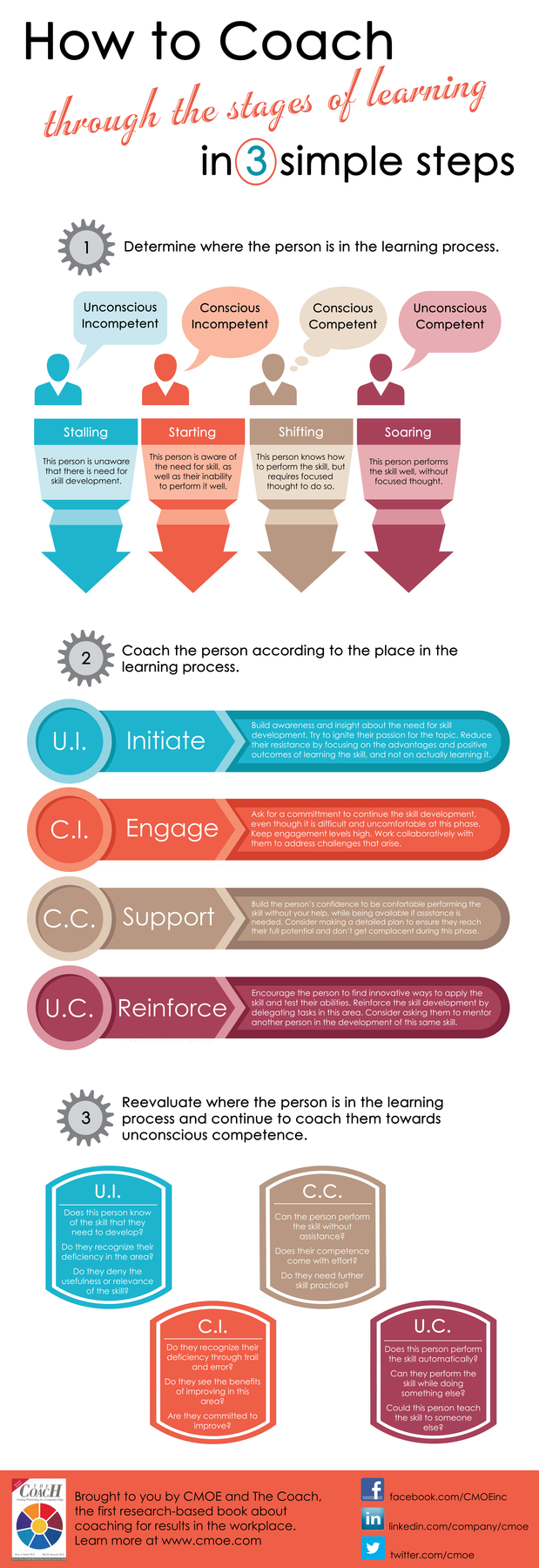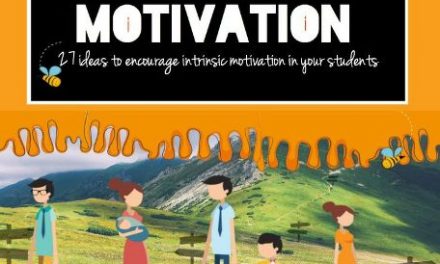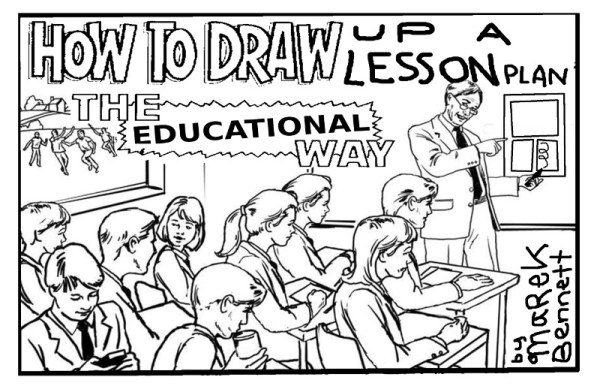I have a link below to a really interesting article I came across recently on a Centre for Management and Organisation Effectiveness website on http://cmoe.com/how-to-coach-through-the-stages-of-learning/. In fact it was the visual that caught my eye and for me it brought into one place so much that represents the way we work in Adult Literacy. The article references the Johari window, that I am sure those of you who did the WIT Counselling Issues in Adult Literacy are very familiar with. In many ways we help learners daily through this Johari window but are not that aware of this as it is so integral to our practice.
I found the diagram very affirming. Sometimes we take our excellent practice for granted and it is good to see the way we work in Kerry Adult Literacy and Basic Education illustrated as a good practice guideline.
As Adult Literacy practitioners we facilitate learning and coach people to better performance. As the diagram illustrates we start by determining where the person is in the learning process. This is much more than determining the actual skills or literacy levels, this is also about determining the level of awareness the person has on their own skills needs. While the language may jar with us in Adult Literacy (I really don’t like the word incompetent), we all have come across learners who are seeking to develop skills but are not fully aware of what skills they need to develop (stalling). Then there are learners who know where their skills need development (starting), those who are using their skills well, consciously and with effort (shifting) and those that are performing well, effortlessly (soaring).
We then coach the learner ‘according to the place in the learning process’. With the early learner we initiate the process, help them get settled in and confident about the skills they have. We help them develop an interest in learning by making it relevant to their every-day lives. We then engage the learners in activities that help them learn more. Later we support learners in developing their confidence about using their newly acquired skills and in affirming what they have learned and how far they have come. For the learner that is soaring we reinforce their learning by finding different ways to apply the same skills to other situations.
As part of our teaching and learning we continually re-evaluate where the person is in a number of ways such as through assessment, observation, feedback, discussions. We constantly evaluate our own performance at this stage to ensure that we are helping the person to soar, to perform well and to flourish.
As facilitators of learning you help people achieve their goals. You help them move from a place where they are stalling to a place where they are flourishing. I am sure that each of you can give concrete examples of this from your own work. You do this by providing support, by actively listening, by showing understanding and by being clear on your professional boundaries. You help learners take responsibility for their own learning, you help them enjoy it and make it part of their own lives.
I can see how you as tutors work in this manner around the county. I hope you find this diagram as affirming of your practice as much as I did.







